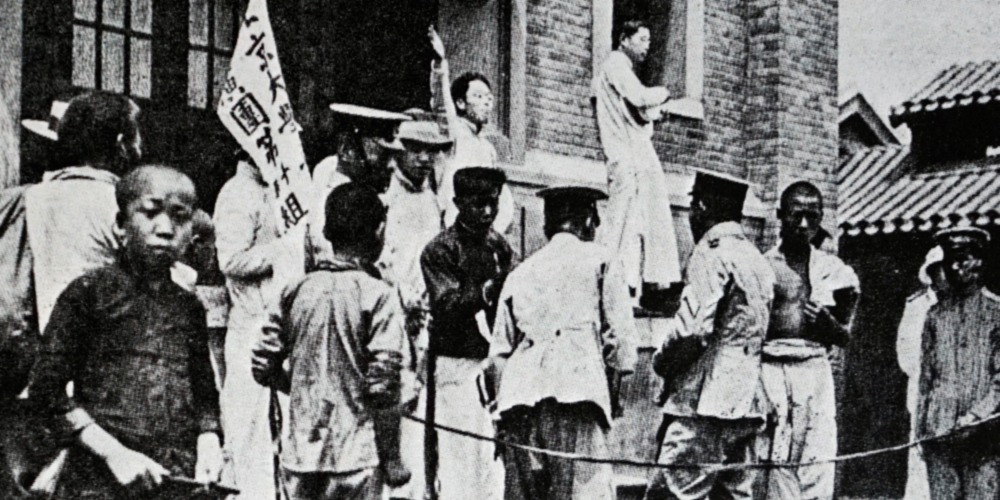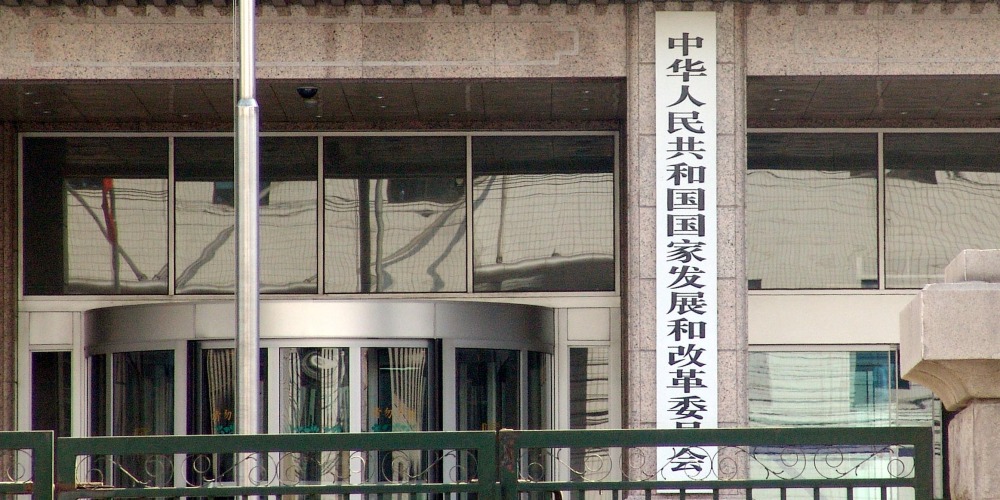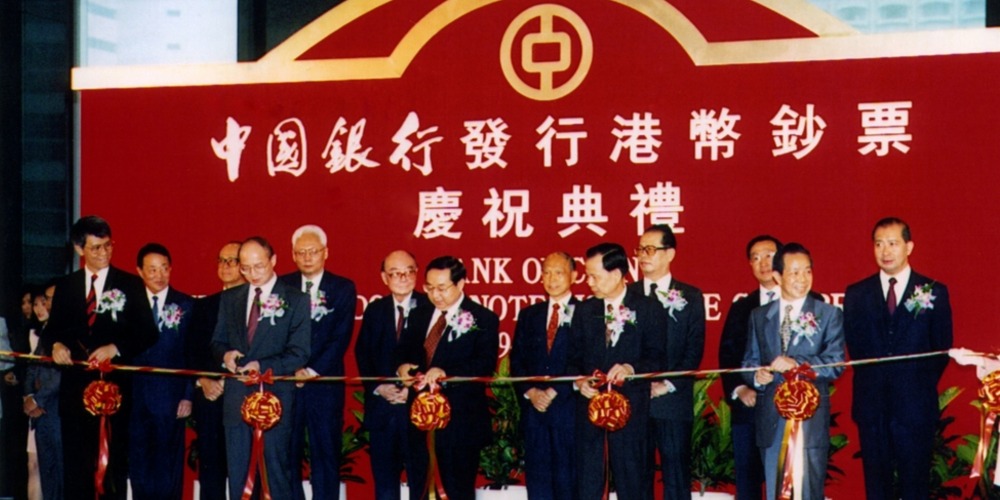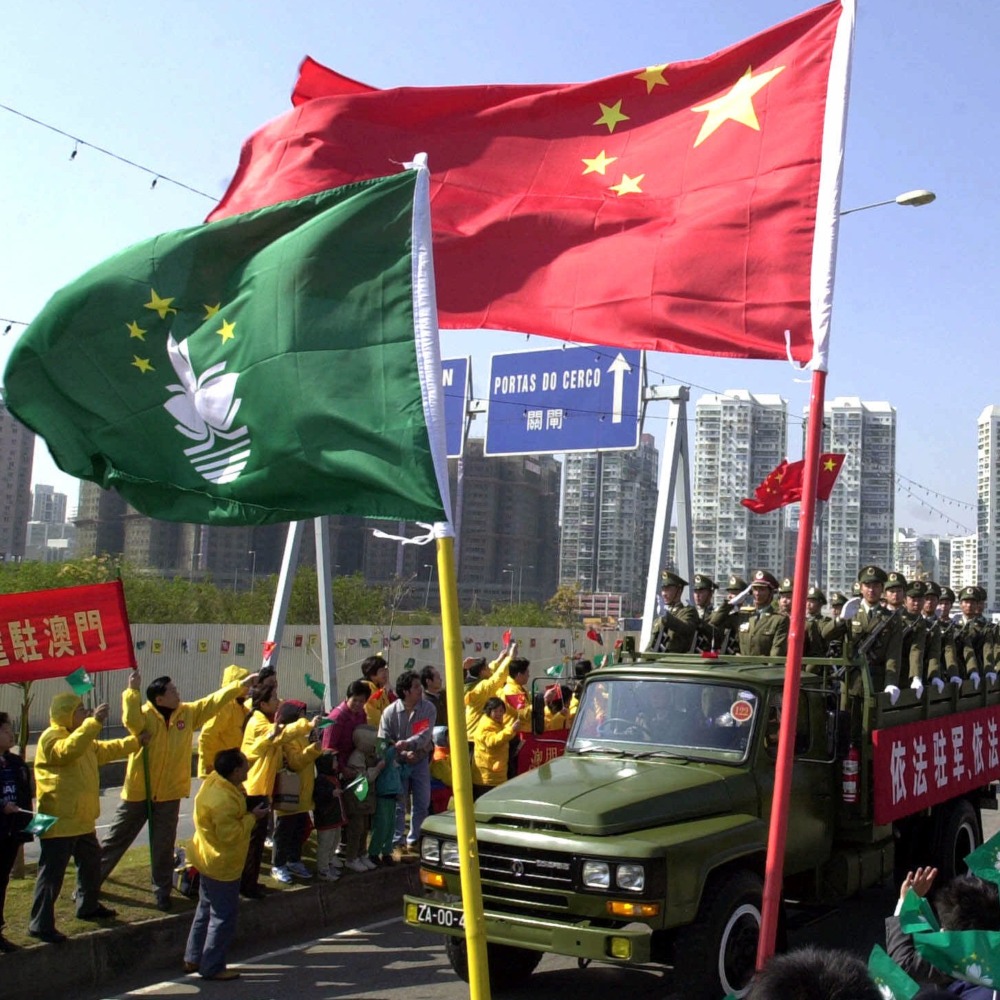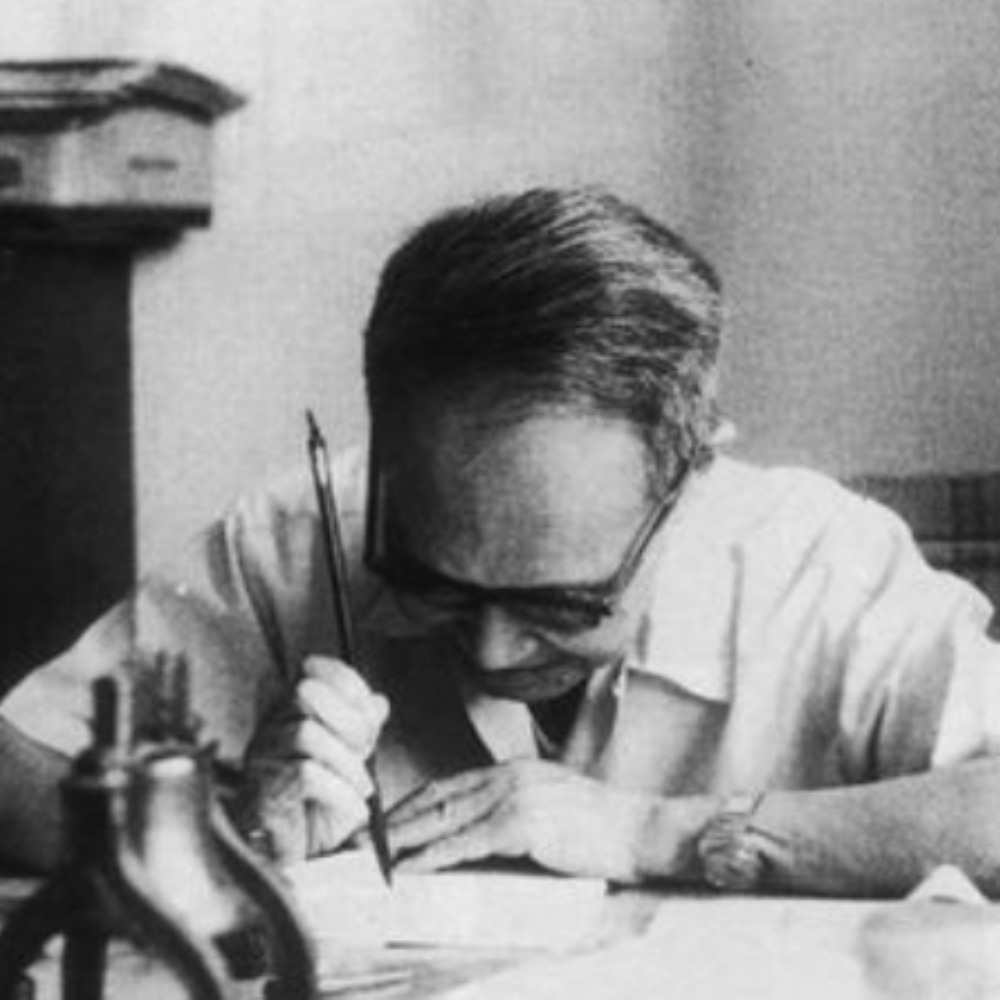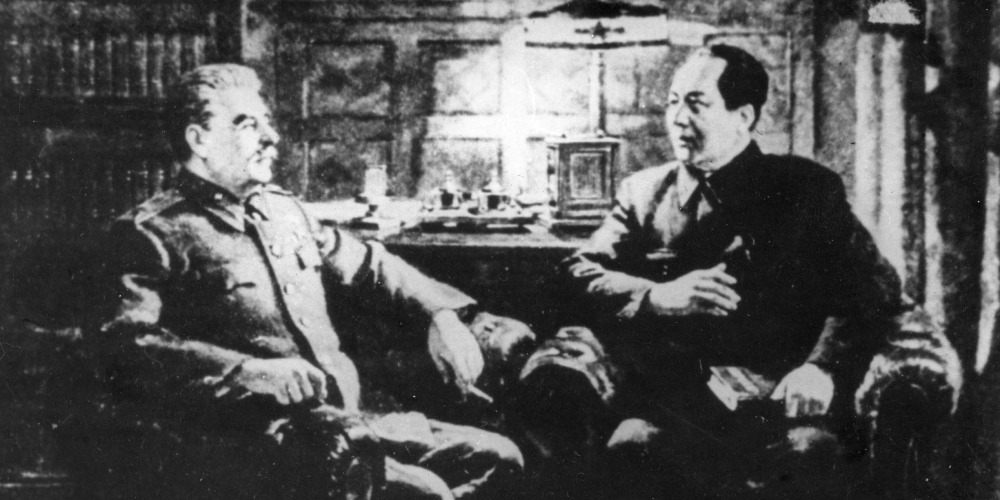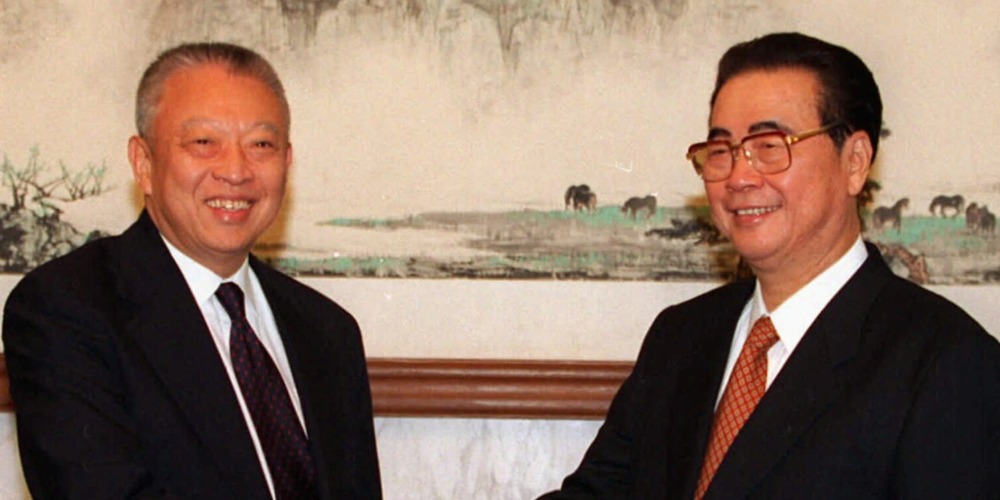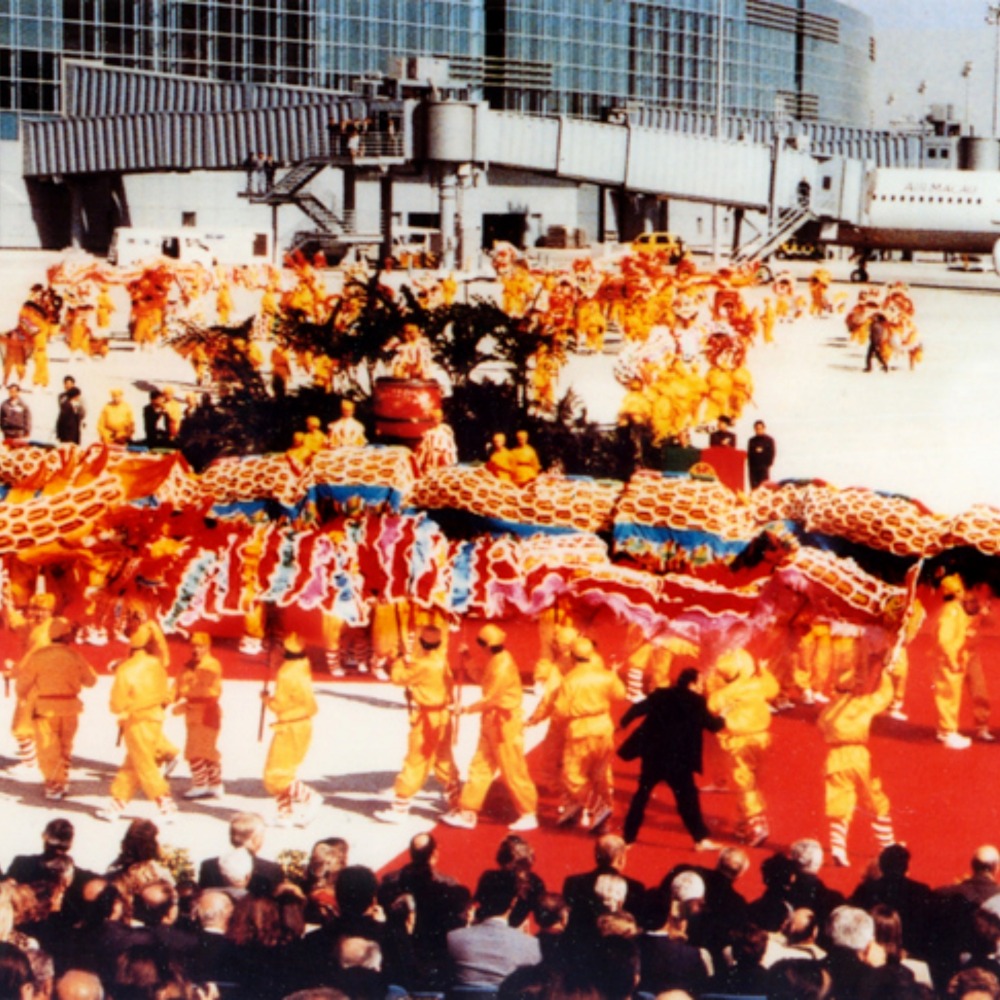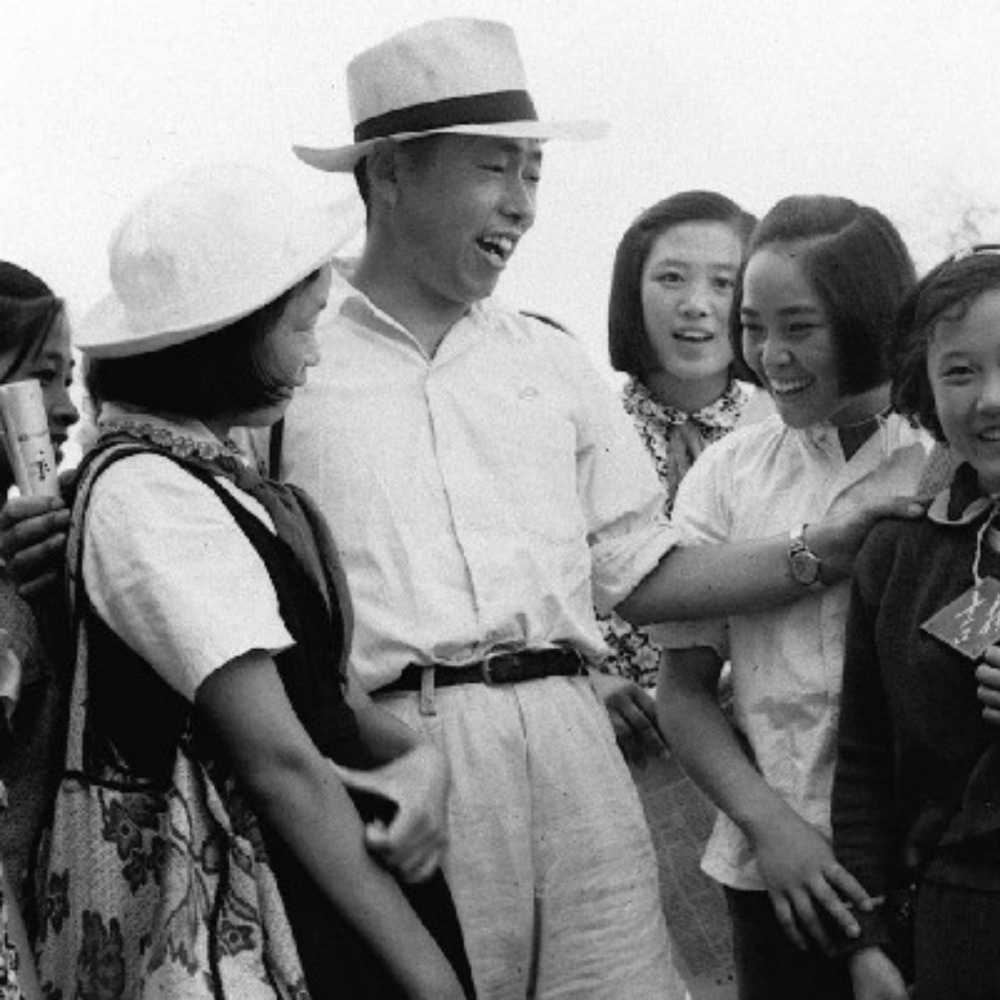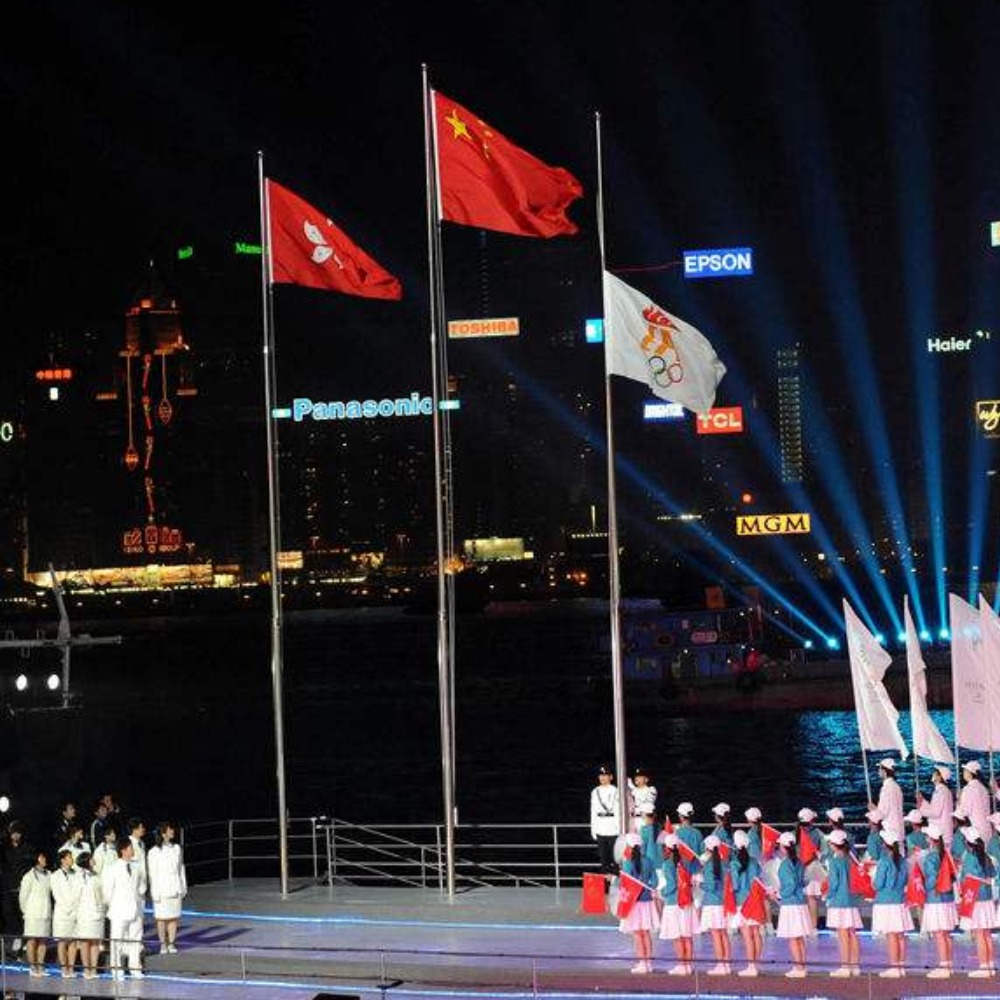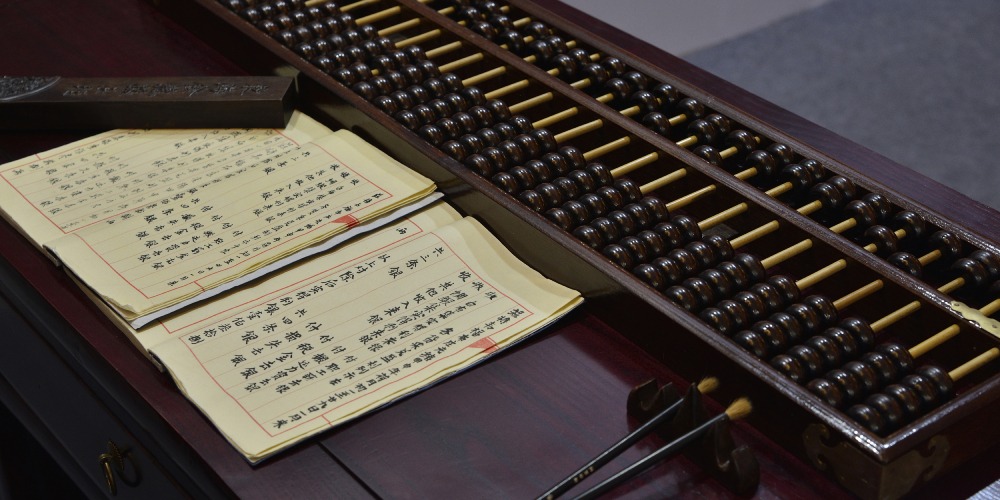Published : 2025-05-04
On May 4, 1919, the "May Fourth Movement" broke out, marking an important student movement in modern Chinese history.
On January 18, 1919, the victorious countries of World War I convened the Paris Peace Conference in Paris, France. As one of the members of the victorious countries, China hoped to resolve the Shandong issue left by the defeated Germany through the conference.
However, after multiple discussions, only the United States supported China at the Paris Peace Conference, while countries such as Britain and France leaned towards Japan.
Later, due to Japan's threat to withdraw from the League of Nations, the United States was also forced to compromise.
On April 30, the Paris Peace Conference decided to support Japan and transfer Germany's rights in Shandong to Japan.
When the news reached China, a group of students from Peking University held an emergency meeting on the night of May 2 to discuss and decided to notify all students to hold a rally the next day.
On the night of May 3, students of Peking University held a rally and resolved to gather at Tiananmen on May 4 with other friendly schools to hold a patriotic demonstration, and to send a telegram to all provinces to hold large-scale patriotic demonstrations again on May 7, uniting all sectors across the nation to force the delegation to refuse to sign at the Paris Peace Conference.
The Beiyang government initially took a stern stance, but the students remained resolute. After a brief mediation, the principals of various schools also switched to support the students, opposing the government.
On June 3, Shanghai also began to strike classes and markets, and the entire May Fourth Movement gradually spread nationwide. Facing tremendous pressure, the Beiyang government yielded, informing the delegation to decide for themselves whether to sign the treaty.
Finally, on June 28, the signing day of the Treaty of Versailles, the Chinese delegation refused to sign.
